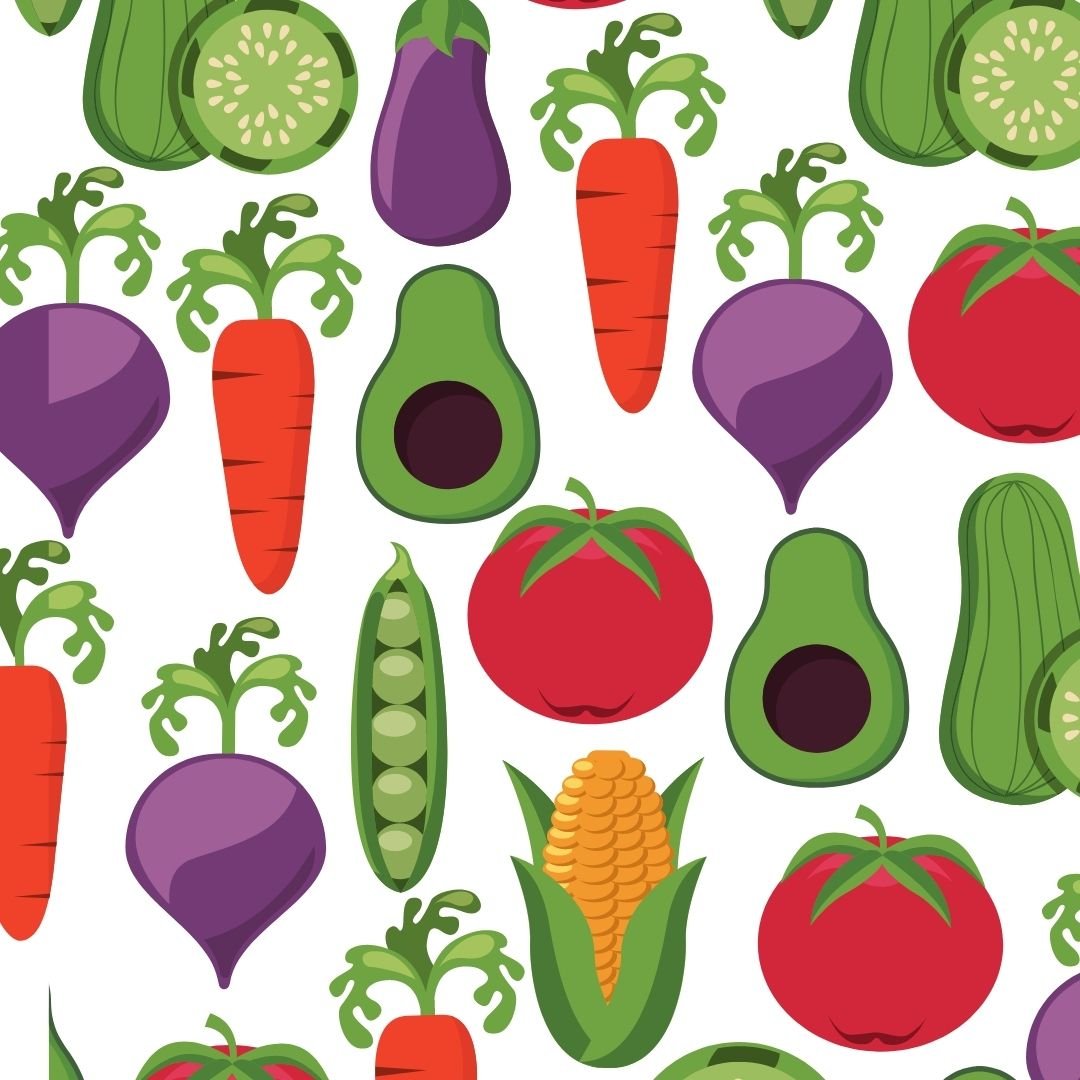
A high-fiber diet has incredible health benefits, but we often struggle to get enough in our typical American diets. According to The American Heart Association, we should be consuming between 25-30 grams of fiber per day, yet most of us are barely get half of that (we average 15 grams for the entire day). Yikes! It is essential to keep in mind the amount of fiber you’re consuming daily, as it’s so crucial for your gut health and overall will make you feel much better.
Dietary Fiber is interesting because it’s only found in plant foods – i.e., fruits, vegetables, nuts, beans, seeds, and whole grains. Fiber is the carbohydrate or starch that our bodies cannot digest, and it acts like a broom to sweep out the digestive tract.
It's hard to believe that something we can't even digest can be so good for us! A higher-fiber diet has been shown to lower blood cholesterol levels and prevent constipation, along with many other health benefits. High-fiber foods also tend to contain more nutrients and fewer calories, are digested more slowly, and help us feel full sooner.
Foods naturally contain two types of fibers: soluble and insoluble.
Soluble fibers are found in berries, beans, and nuts and have more of a gel-like texture that slows down digestion and leaves you feeling full longer. This kind of fiber helps to lower blood cholesterol levels and helps normalize blood glucose and insulin levels, which is vital in preventing heart disease and type 2 diabetes.
Insoluble fiber, or roughage type of fiber (like that found in wheat bran, strawberry seeds, and apple and bean skins), helps move things along in the large intestine. This promotes regular bowel movements and prevents constipation.
Did you know that you lose about half of the fiber from the actual fruits and veggies when you have pressed juice? This is because pressing extracts most insoluble fibers, leaving only soluble fibers behind! So choosing to make a smoothie over a squeezed juice is an excellent way to ensure you are getting both types of the fiber you need, and will help to keep you full a lot longer.
Please remember that when consciously adding more fiber into your diet, you may experience specific side effects, such as bloating, constipation, diarrhea, and gas. You can minimize these effects by increasing your fiber intake slowly over days or weeks, which will give your digestive system time to adjust. Upping your fluids can also help decrease these symptoms, so always drink plenty of water. Be sure to avoid consuming dry fiber, such as bran or high fiber cereal without adequate fluid, as well! Adding more fiber with your meas can be a small change that has substantial health benefits for your digestion. We recommend starting slowly but adding as much as you can in the future. You’ll notice the benefits, guaranteed!

